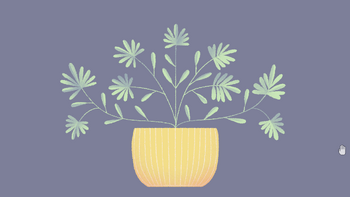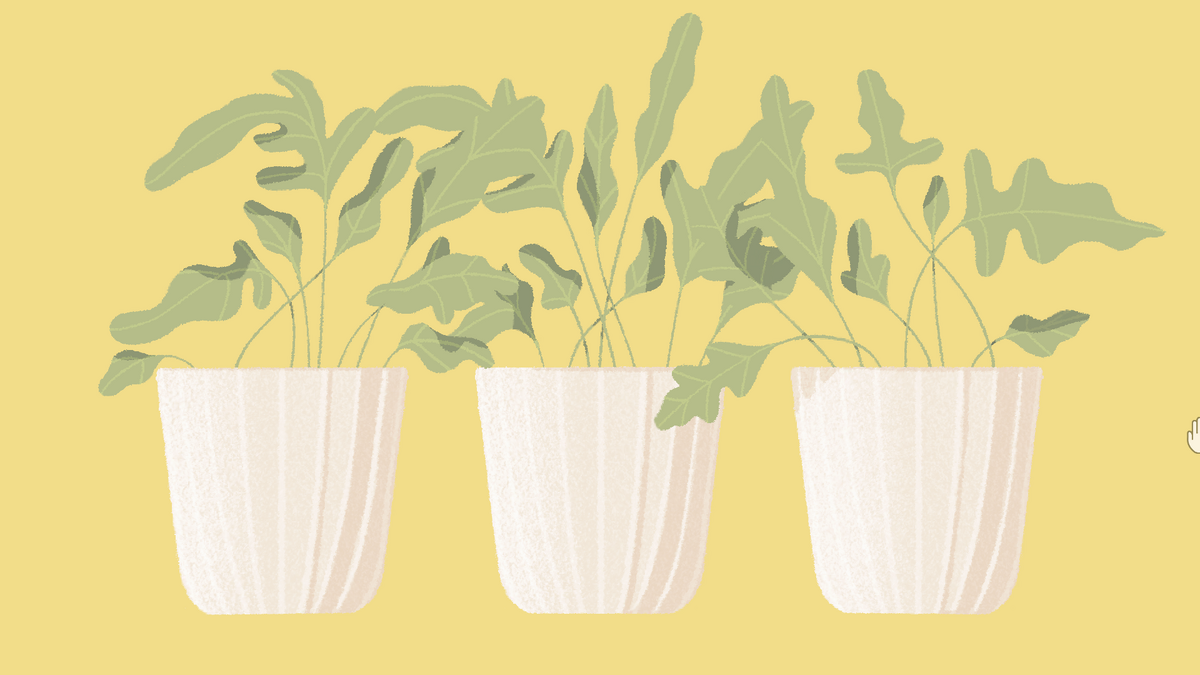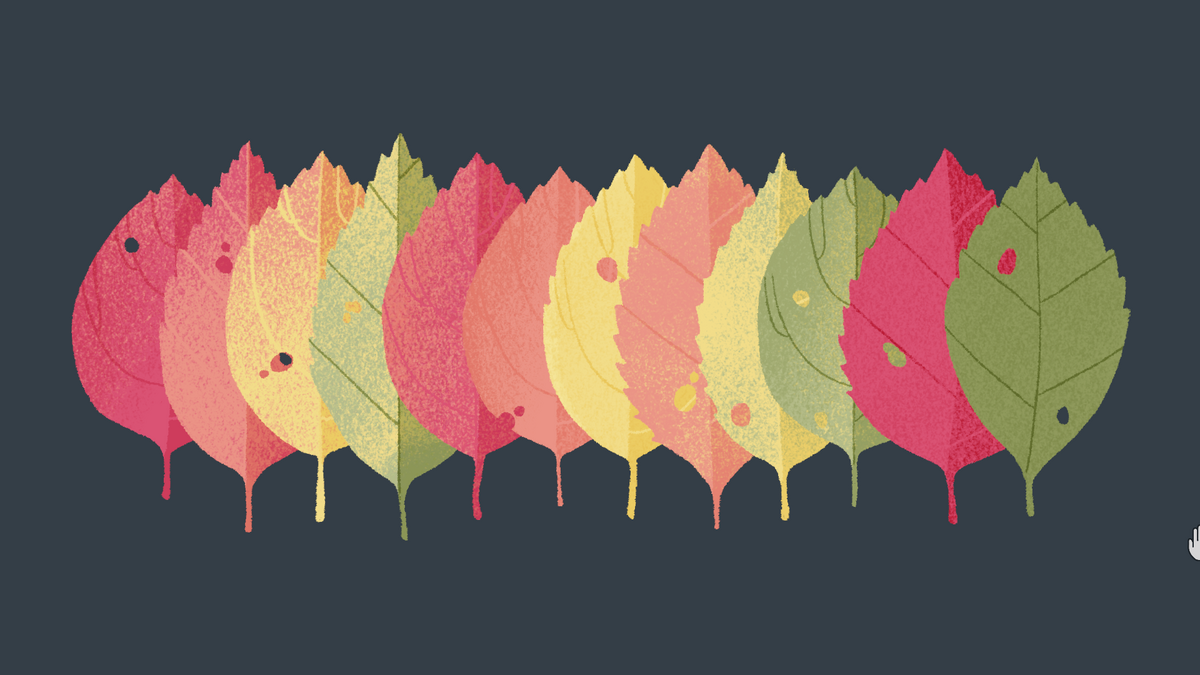A Little to the Left Daily Tidy Plant: Simple Steps for Lasting Order

Plant puzzles in A Little to the Left have a way of exposing even the most seasoned logic-game enthusiasts. Years ago—back before the Daily Tidy streaks were even a feature—I underestimated how fussy these digital plants could be. I’d breeze through a week’s worth of organizing pencils and stacking plates, then find myself stumped by a single potted fern that stubbornly refused to “tidy” no matter what I tried. It took more than just patience; it required developing an eye for the game’s subtle cues and learning from every misstep.

Let me share the real mechanics and mindset shifts I’ve picked up after countless Daily Tidies, failed first attempts, and late-night “aha!” moments.
The Secret Language of Plant Placement: What Most Players Miss
The biggest rookie mistake? Treating A Little to the Left like it rewards symmetry or textbook neatness. In reality, this game is obsessed with visual harmony—the kind you only recognize after years of rearranging actual houseplants on your own windowsill.
Here’s my go-to diagnostic sequence for these plant puzzles:

1. Micro-Movements Matter More Than You Think
Back in 2022, after dozens of frustrating near-misses (and one particularly humbling week where my leaderboard streak died over a ficus), I started measuring my mouse movements: sometimes it took less than 10 pixels’ difference to trigger that satisfying sparkle. The sweet spot is rarely dead-center; instead, nudge your plant exactly 5–15% leftward from its start position. If you overshoot, slowly bring it back—watching for slight changes in shadow or outline as clues.
2. Cleanliness Is Not Just Cosmetic
I learned this lesson when I once spent seven minutes dragging a succulent around, convinced spatial placement was all that mattered—until finally I noticed a speckled leaf tucked behind the pot that needed clearing away first.
Inside tip: dead leaves or dust aren’t always obvious at first glance. Use a systematic scan—from top left corner to bottom right—and listen for sound effects that confirm each debris removal. If you’re playing on mobile, try increasing screen brightness; hidden mess becomes much easier to spot.
3. Context Clues Trump Perfectionism
One puzzle threw me off because three different arrangements looked correct—but only one subtly aligned with other objects on-screen (like a book’s edge or sunlight patch). The trick: zoom out mentally and study how your plant interacts with everything else in the scene.

If you’re stuck, ask yourself:
- Does the plant mirror another object’s offset?
- Is there negative space being intentionally balanced?
- Are any shadows giving away where it “wants” to go?
4. Don’t Ignore Interactivity Layers
Some days, you’ll get multi-step solutions—where rotating leaves or shifting multiple pots is required. Here’s what separates veterans from newcomers: never assume an action is impossible just because past puzzles didn’t require it! On March 12th last year, we saw our first triple-action tidy (slide pot left, rotate two leaves toward light source, sweep soil crumbs)—and hundreds missed out on their streak by skipping step three.
Always check for:
- Rotatable elements (hover for rotation icons)
- Watering cans/props nearby that might be interactable
- Leaves or branches partially covering objects
Real Stories from My Plant Puzzle Logbook
Failure #1:
In October 2023, I wasted twelve minutes meticulously aligning every plant leaf upright during a rare “leaning palm” puzzle—only to realize later that letting them droop naturally (as they do IRL) triggered instant success.
Success #17:
On February 14th this year, players faced an unusually tricky arrangement involving both jade and snake plants. My breakthrough? Positioning them so their tallest stems overlapped slightly—a counterintuitive move that mimicked how real plants crowd together when space is tight.

Dialogue Moment:
I once texted another leaderboard regular mid-puzzle:
Me: “Do you ever feel like these plants want to look ‘almost messy’?”
Them: “All the time! It’s like tidying up my grandmother’s living room—if things are too perfect she moves them again.”
Troubleshooting Checklist: When Solutions Won’t Stick
My personal debugging process looks like this:
- Incremental Shifts — Move items pixel by pixel instead of dragging broadly.
- Sensory Scan — Turn up volume and brightness; listen/see for subtle feedback.
- Interaction Test — Tap every visible object—even backgrounds—for interactive surprises.
- Reset Ritual — If all else fails after five minutes, restart the puzzle; sometimes resets clear invisible glitches.
- Pattern Recognition — Keep notes if certain tricks repeat week-to-week (e.g., leftward bias every Monday).
Cost breakdown from experience: an average failed attempt costs about three minutes per day—over time that adds up to hours lost unless you develop sharp pattern recognition skills!

Why These Micro-Habits Matter
The reason behind all this obsessive attention isn’t just about winning badges or maintaining streaks—it mirrors what makes real-world spaces feel peaceful yet lived-in rather than sterile showrooms. Every nuanced move teaches observation skills transferrable beyond gaming: reading context rather than rules alone.
And let’s be honest—the satisfaction of seeing those sparkles isn’t just digital dopamine; it validates your ability to read between lines (or leaves).
Takeaway Actions from Years of Playtesting
- Re-enter today’s puzzle with fresh eyes—never underestimate tiny positional shifts.
- Systematically clear all visual clutter before fussing over arrangement.
- Check for unexpected interactivity—even if none appeared yesterday!
- Keep personal notes on recurring visual themes; patterns emerge over weeks.
- Treat each puzzle as practice in spatial empathy—not perfectionism.
- Celebrate small wins—and don’t beat yourself up over getting stuck now and then.
Remember: mastery comes not from memorizing solutions but from sharpening your instincts with each new challenge thrown your way—just like tending real plants through seasons of trial and error until they finally thrive exactly where they belong.
Happy tidying—and may your next digital houseplant cooperate without protest!



